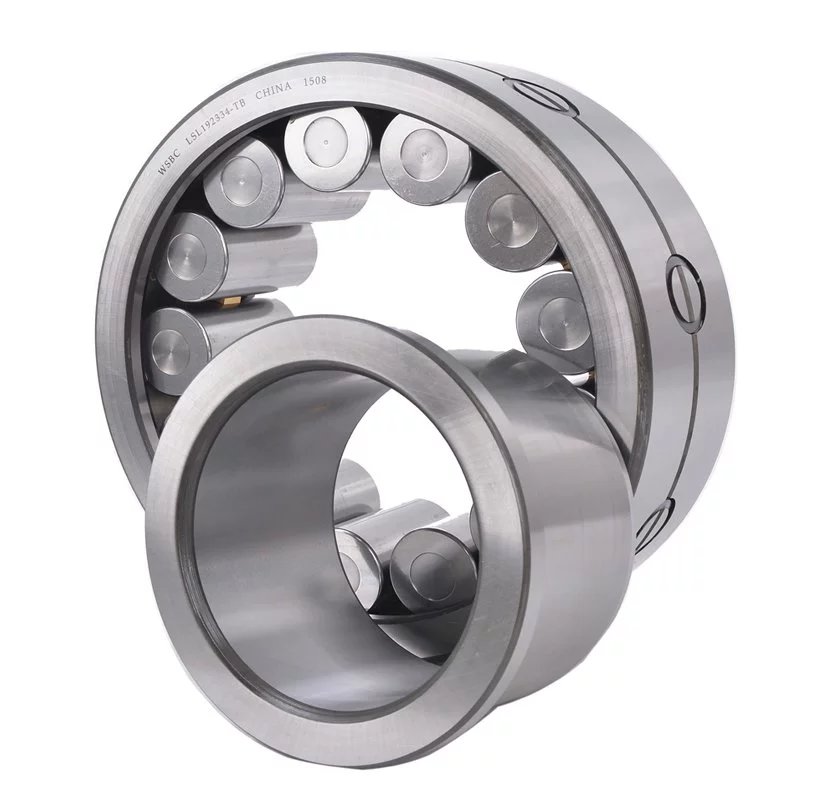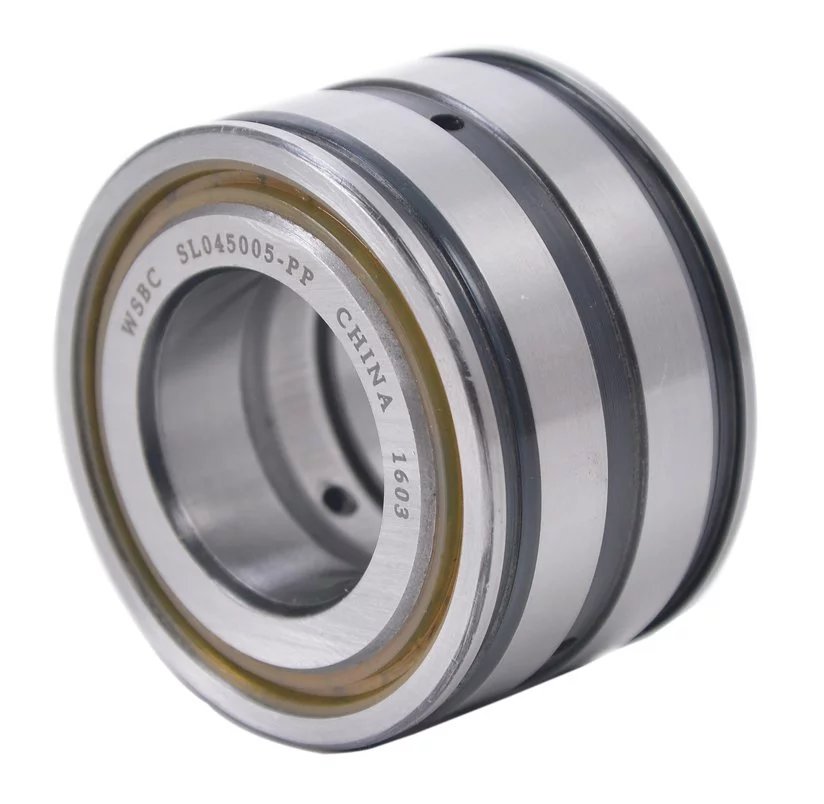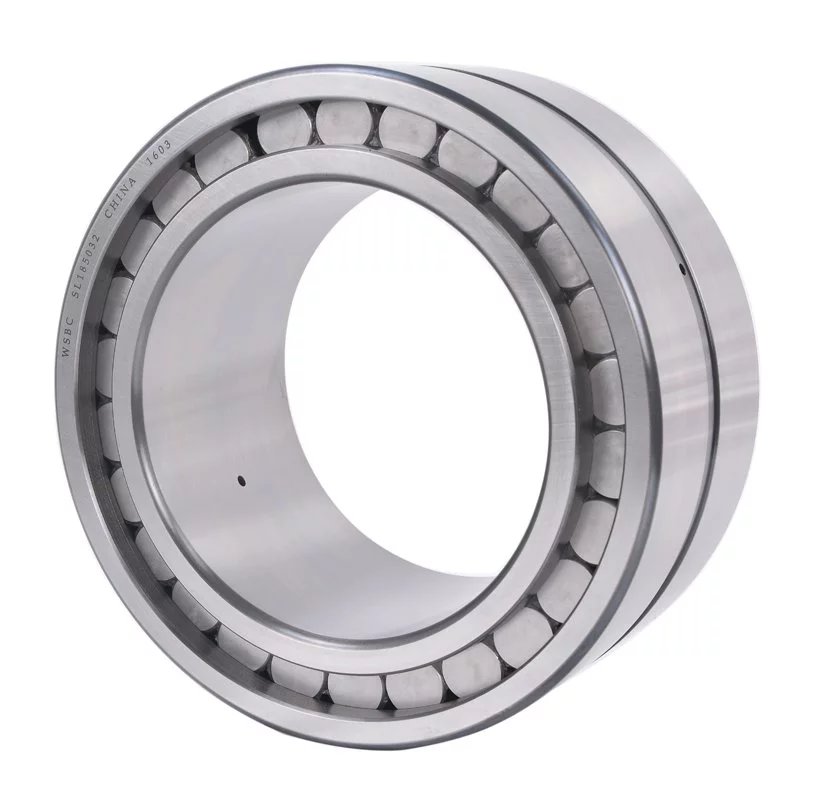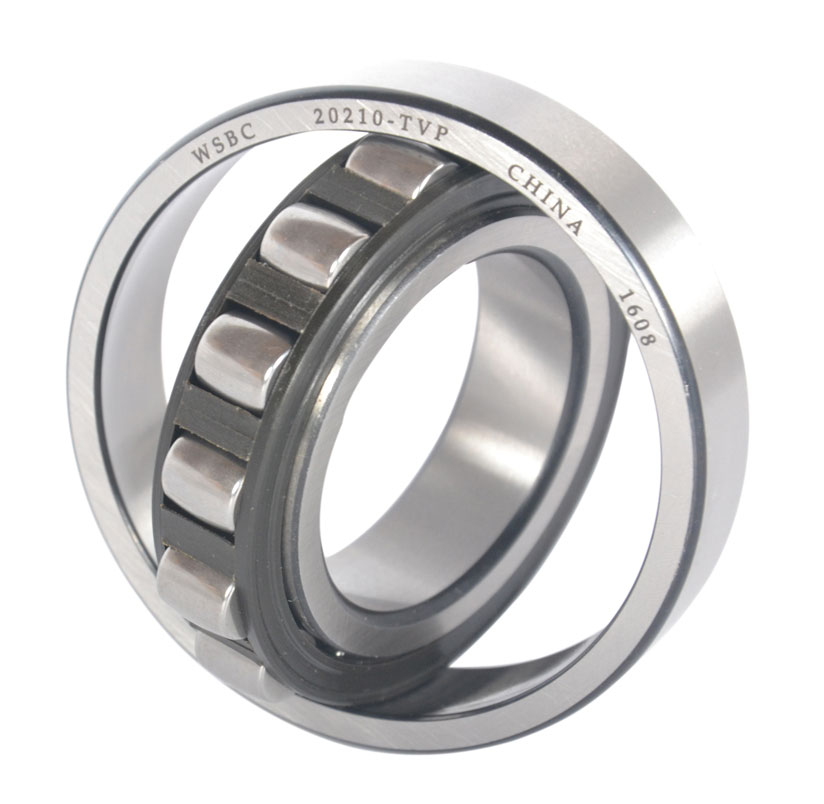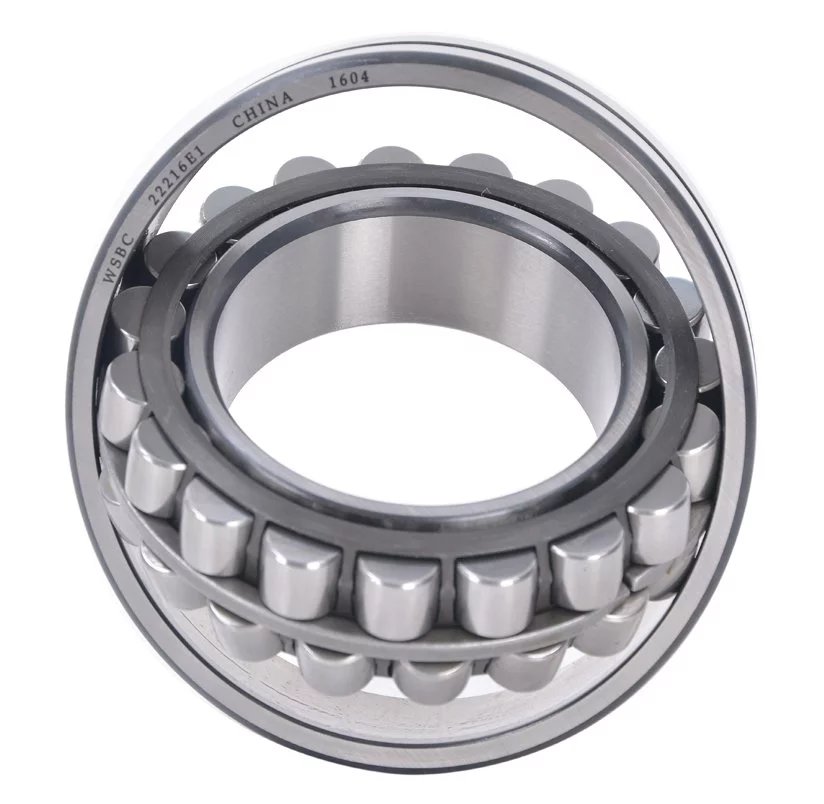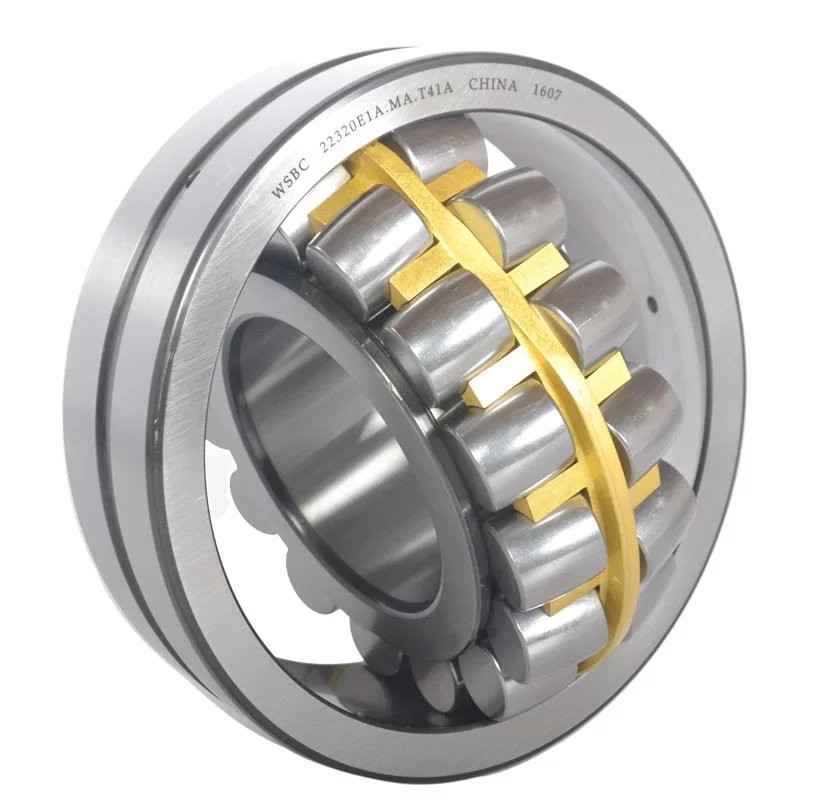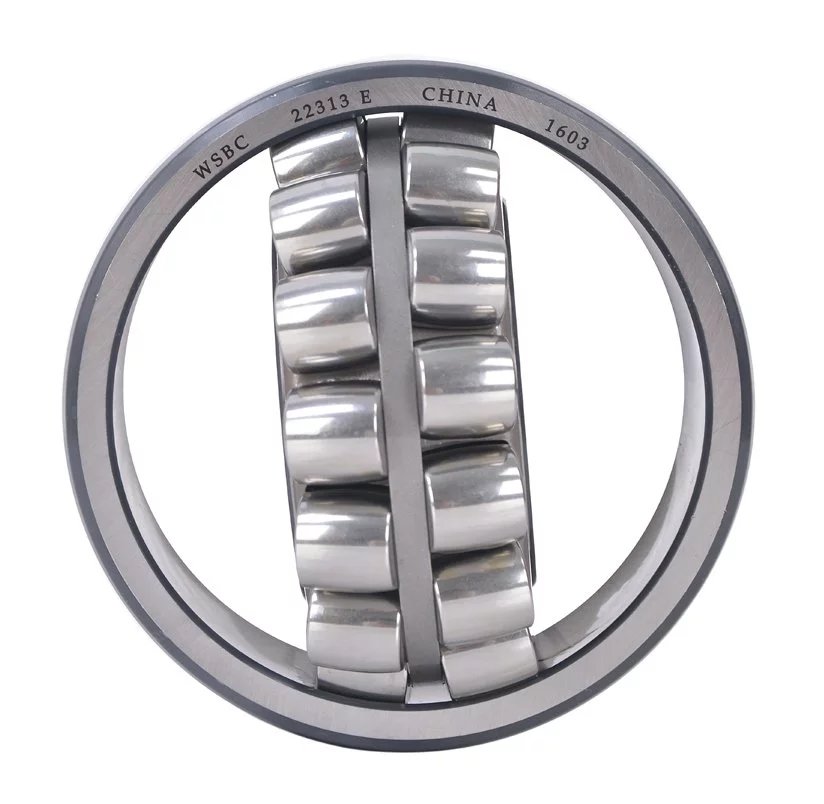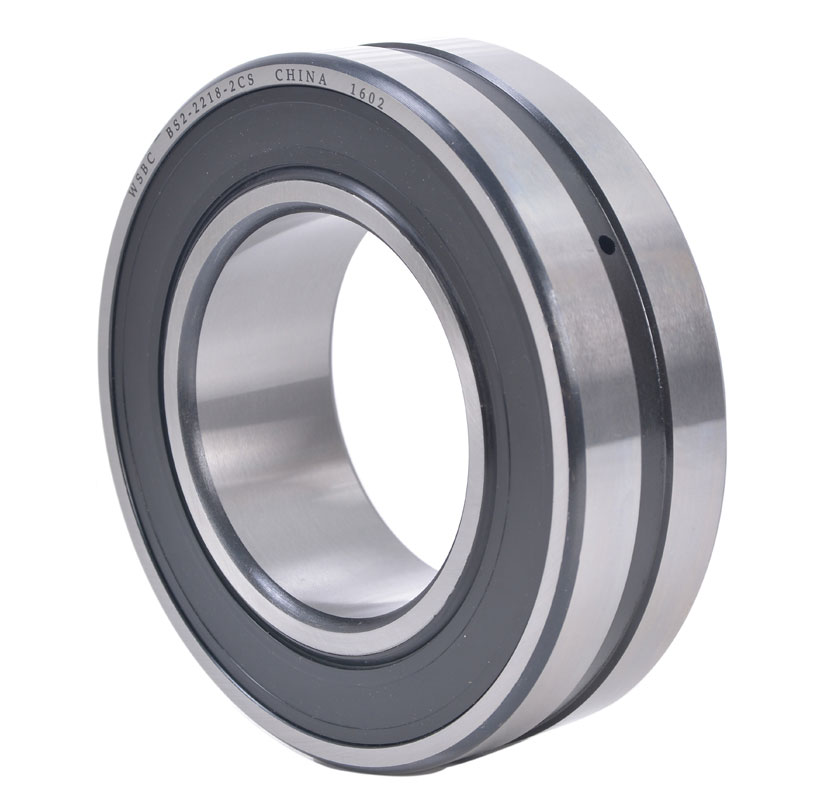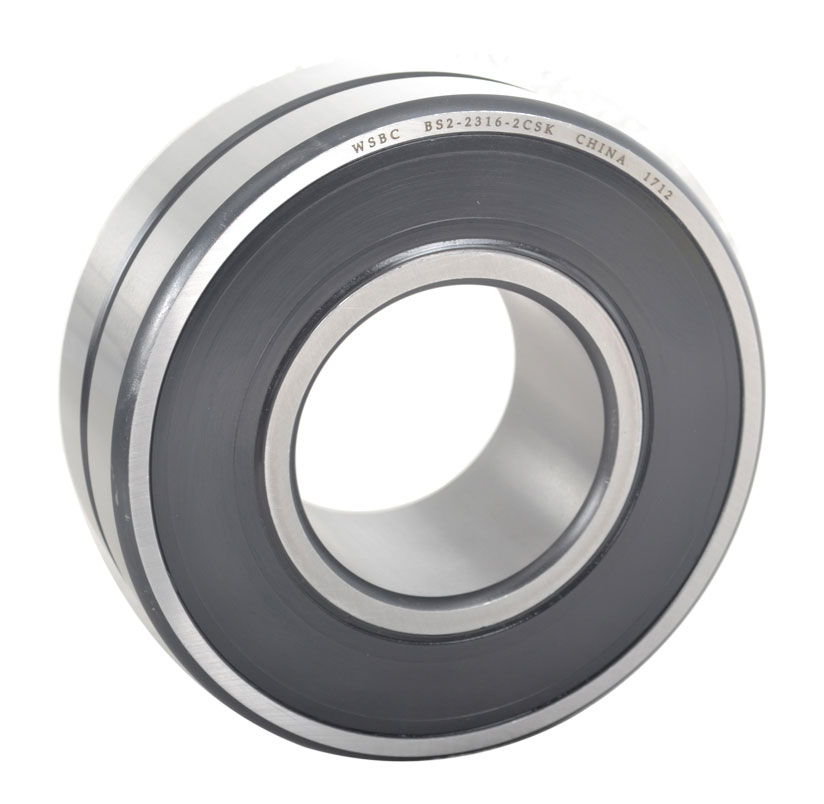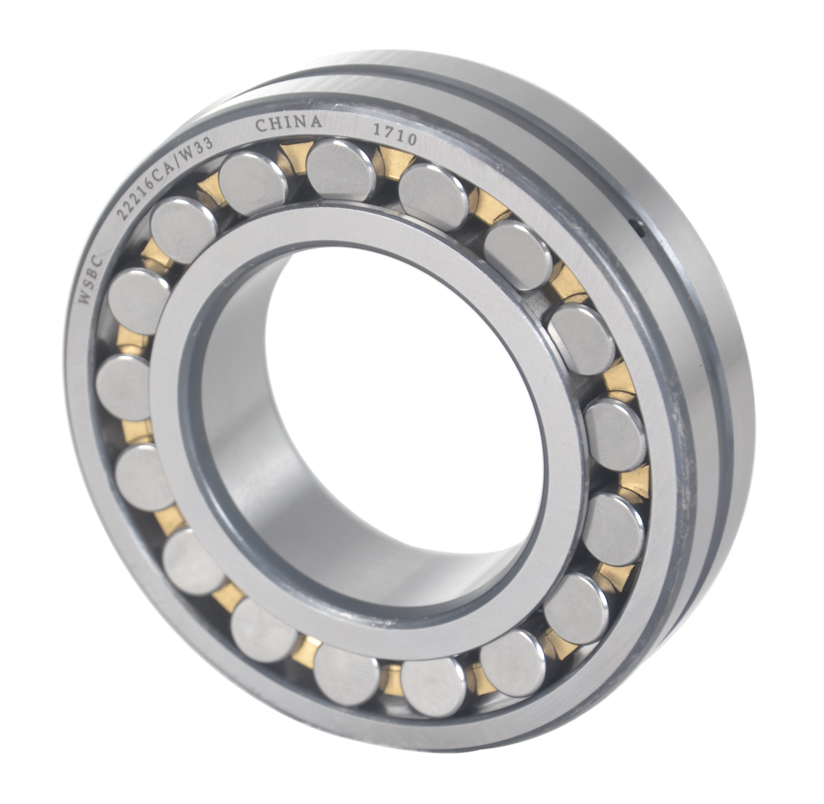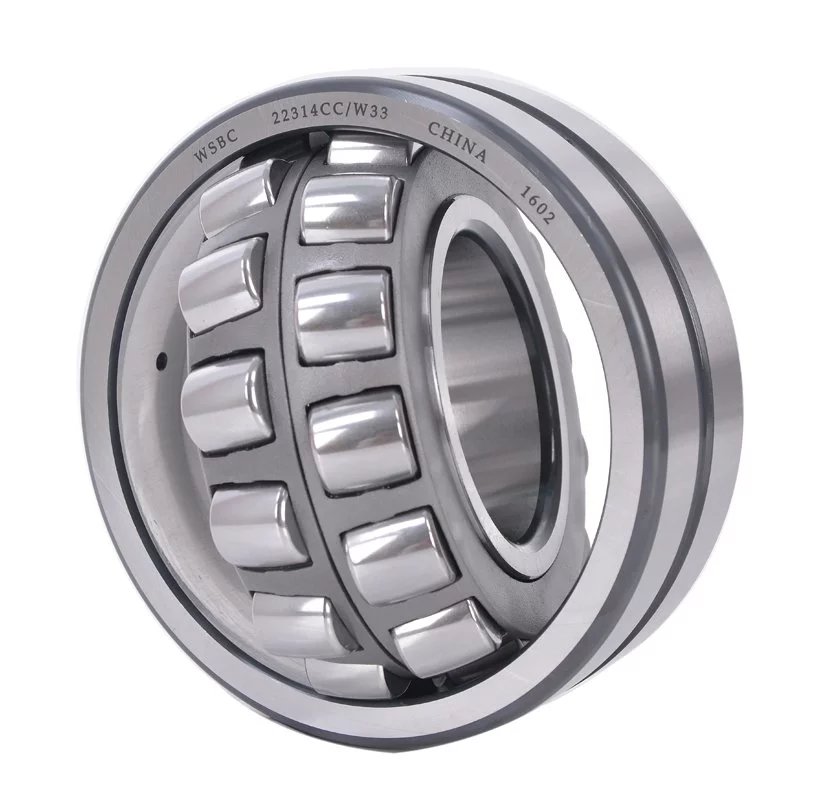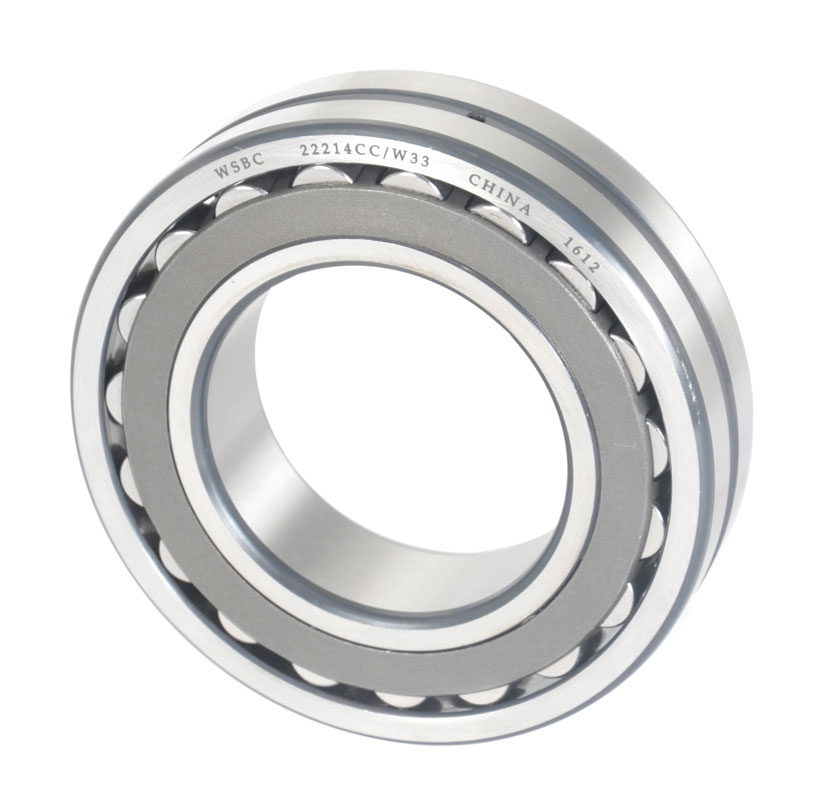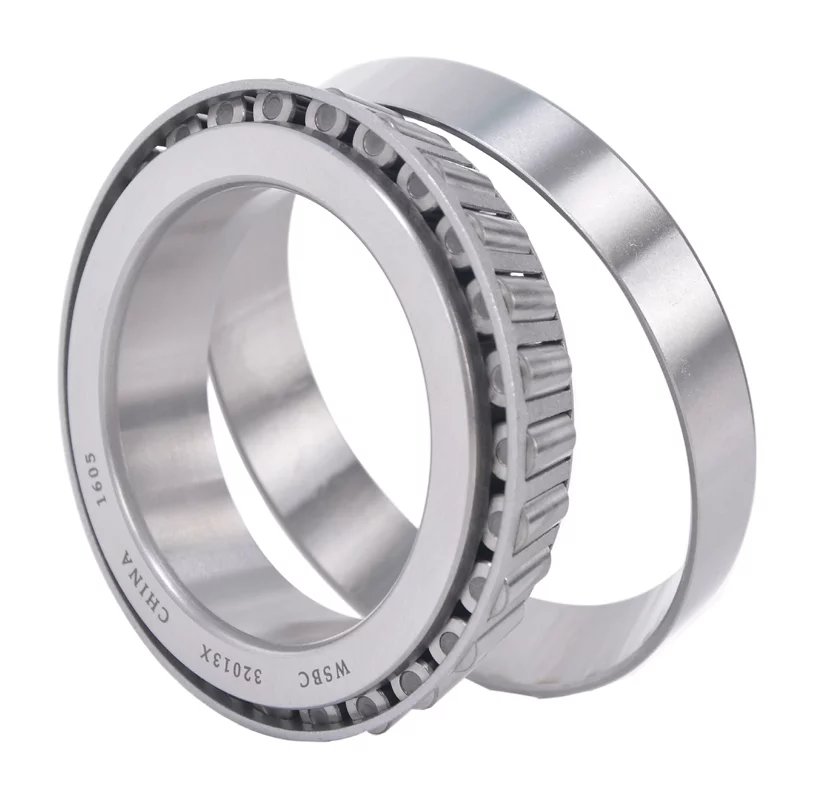News
Working Principle and Fault Analysis of Clutch Bearing
Time:2019.12.12 Source:Roller Bearings Suppliers
1. What is clutch bearing?
The so-called release bearing is a bearing used between the grip and the transmission. Generally, we call it a "clutch release bearing." If the fork is combined with the clutch platen that is rotating at high speed when stepping on the clutch, a bearing must be used to eliminate the heat and resistance caused by direct friction. Therefore, the bearing installed at this position is called a release bearing. The release bearing pushes the pressure plate to separate it from the friction plate and then cuts off the power output from the crankshaft.
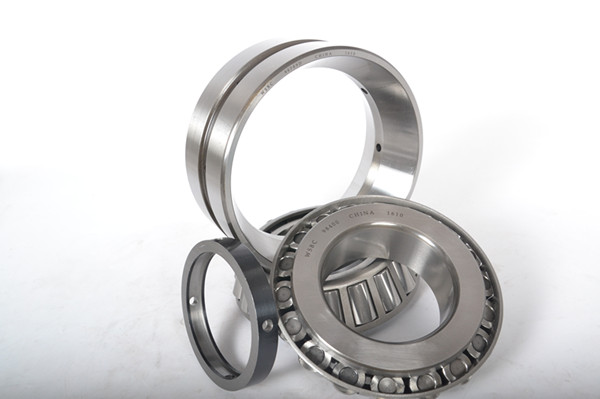
2.Clutch bearing performance requirements
The clutch bearing should be flexible, without sharp noise or stagnation. The axial clearance must not exceed 0.6mm, and the inner racewear must not exceed 0.3mm.
3. The clutch bearing's working principle and function
The so-called clutch, as its name implies, uses "off" and "on" to transmit a proper amount of power. The engine is always spinning, but the wheels are not. To stop the vehicle without damaging the engine, the wheels need to be disconnected from the engine in some way. The clutch controls the slip between the engine and the transmission, allowing us to connect a rotating motor to a non-rotating transfer easily.
Clutch bearing is installed between the clutch and the transmission, and the release bearing seat is loosely sleeved on the tubular extension of the first shaft bearing cover of the communication. The return spring keeps the shoulder of the release bearing against the release fork and returns to the final position. Keep a gap of about 3 ~ 4mm from the end of the separation lever (separation finger).
Because the clutch pressure plate and the release lever operate synchronously with the engine crankshaft, and the release fork can only move axially along the clutch output shaft, it is not possible to use the release fork to dial the release lever directly. Through the clutch bearing, the release lever can be rotated while moving The clutch output shaft moves axially, thus ensuring that the clutch can be smoothly engaged, softly separated, reducing wear, and extending the service life of the clutch and the entire drive train.
4. Points to note when using clutch bearing
(1) Following the operating regulations, avoid the clutch engaging and disengaging, and reduce the number of times the clutch is used.
(2) Pay attention to maintenance, soak butter with the steaming method to make it full of lubricants regularly or during annual inspection and maintenance.
(3) Pay attention to level the clutch release lever to ensure that the spring force of the return spring meets the requirements.
(4) Adjust the free stroke to meet the criteria (30-40mm), and prevent the unrestricted stroke from being too large or too small.
(5) Minimize the number of times of joining and separating, and reduce the impact load.
(6) Press lightly and quickly to make it smoothly enter and separate.
5.Clutch bearing common factors causing damage during use
The release bearing is subjected to axial load, impact load, and radial centrifugal force during high-speed rotation during use. Besides, since the fork thrust and the reaction force of the release lever are not on the same line, a torsional moment is also formed. The clutch release bearing has poor working conditions, intermittent high-speed rotation and high-speed friction, high temperature, poor lubrication conditions, and no cooling conditions.
6.Cause of clutch bearing damage
The damage of clutch bearing has a lot to do with the operation, maintenance, and adjustment of the driver. The origins of loss are rough as follows:
(1) Overheating due to high working temperature
Many drivers often half-clutch the clutch when turning or decelerating, and some rear gears are still placed on the clutch pedal; some vehicles have adjusted the free stroke too much so that the clutch is not completely disengaged and is in a semi-engaged and semi-disconnected state. A large amount of heat is transferred to the separation bearing due to dry friction. The bearing is heated to a specific temperature, and the butter melts or dilutes and flows, which further increases the temperature of the separation bearing. When the temperature reaches a certain level, it burns out.
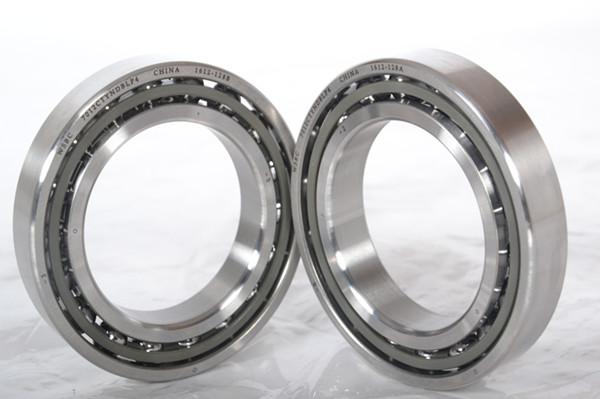
(2) Wear due to lack of lubricant
Clutch bearing is lubricated with butter. There are two ways to add butter. For separated bearings, when maintaining or removing the transmission, open the rear cover of the bearing and fill it with grease, and then refit the back cover. Yes, for separated bearings, it can be removed and placed in hot oil, soaked, and then taken out after cooling to achieve the purpose of lubrication. In practice, it is easy for the driver to ignore this, which causes the clutch release bearing to run out of oil. In the case of no lubrication or less lubrication, the wear of the clutch bearing is often several times to dozens of times the amount of wear after lubrication. With increased wear, the temperature will also increase significantly, which will make it more susceptible to damage.
(3) Free travel is too small or too many times
According to requirements, the gap between the clutch bearing and the release lever is generally 2.5mm. The unrestricted stroke reflected on the clutch pedal is 30-40mm. The unrestricted stroke is too small, or there is no unrestricted stroke at all, which will cause the release lever to separate. The bearings are in a usually engaged state. According to the principle of fatigue failure, the longer the working time of the bearing, the more serious the damage; the more times the bearing is loaded, the more likely it is that the separated bearing will have fatigue failure. And the longer the working time, the higher the temperature of the bearing, the easier it is to burn and reduce the service life of the separated bearing.
(4) In addition to the above three reasons, whether the release lever is adjusted smoothly and whether the return spring of the release bearing is good has a significant impact on the damage of the release bearing.
Overhaul of clutch bearing:
Fix the inner ring of the separation bearing by hand, rotate the outer ring, and apply pressure in the axial direction at the same time. If there is a block or a sense of obvious clearance, the separation bearing should be replaced. Release bearings are usually greased all at once. Remove and clean at will during maintenance. If it is dirty, wipe the surface with a clean cloth.
Hot Topics
Copyright © Wuxi Spark Bearings Co.,Ltd Co., Ltd All Rights Reserved. Sitemap
www.spark-bearing.com. Profession in Roller Bearings, Ball Bearings and Taper Toller Bearings-China Suppliers.
